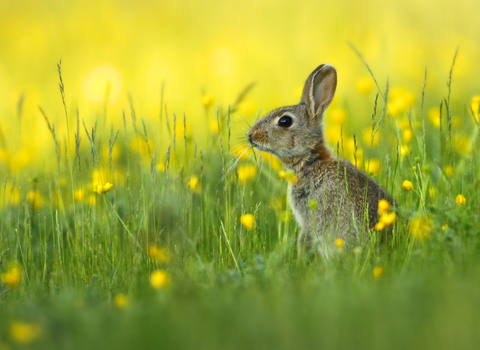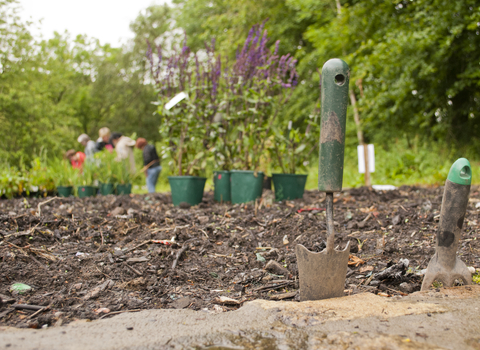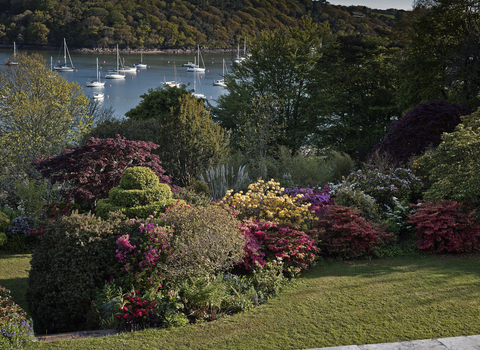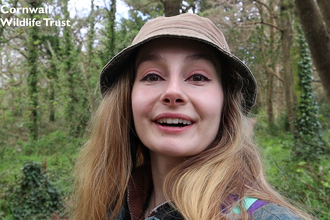As the days get longer and the light returns, signs of new life are appearing. Expect your wildlife sightings to soar this April, with migrant birds arriving back to our shores and spring flowers attracting a wealth of pollinators and insects.
Here are some of April’s best wildlife species and spectacles to see.
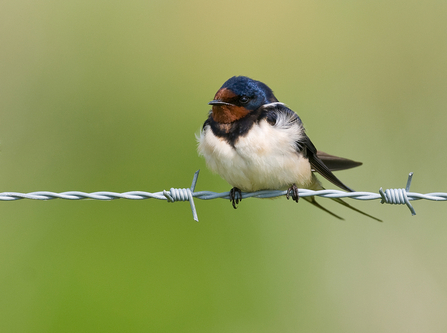
Barn Swallow, Image by Adrian Langdon
Swallow
Look to the skies as our swallows are coming home! After wintering in South Africa, our red-breasted swallows return to their breeding haunts. Cornwall may be the first place they make landfall upon reaching Britain. Places like Marazion Marsh provide excellent feeding stations full of flying insects to refuel after their long journey. A visit this month could reward you with large flocks of swallows and martins swirling overhead, particularly if you time your visit in between the April showers.
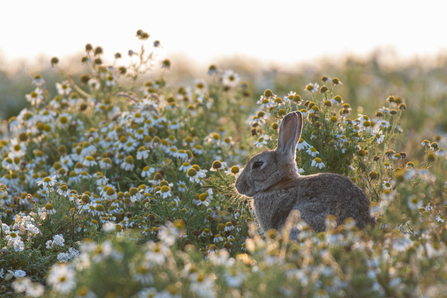
Rabbit, Image by Joshua Copping
Rabbit
April is a great time to watch out for ‘Easter bunnies’! Although rabbits are not native to Britain, the twitch of their whiskers and flash of their fluffy white tails have guided them into the safe burrow of our hearts. They play an important role in keeping grassy swards open for wildflowers, particularly in Cornwall’s coastal grasslands and sand dunes. In March, does would’ve brought their first litters of the year above ground. However, she will continue to have litters throughout spring and summer, so keep an eye out for baby rabbits, or ‘kittens’ as they’re known as.
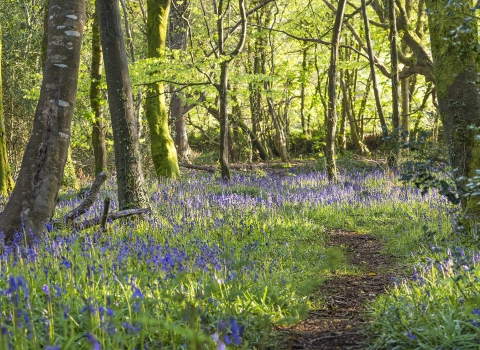
Ben Watkins
Pendarves Wood
This month visit our Pendarves Wood nature reserve near Camborne. From late April into May, this 40-acre woodland is awash with the much-loved, nodding heads of the bluebell. Millions of bulbs can exist in just one wood, giving rise to the ‘blue carpets’ that are a springtime joy. Keep your eyes peeled for insects such as the yellow brimstone, as they’re often the first butterfly to be seen here in spring.
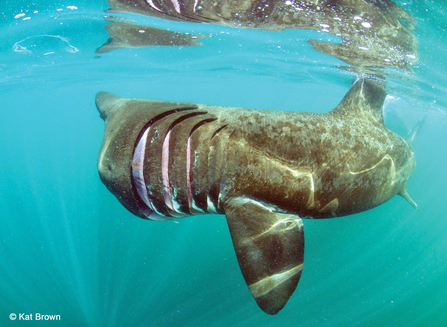
Basking shark sightings could be linked to orca. Image by Kat Brown/2020VISION
Basking Shark
Open wide! This month the second largest fish in the world will arrive in Cornwall – the basking shark. These seasonal visitors migrate here between April and October each year as our waters start to warm up. They may look intimidating but these gentle creatures only feed on zooplankton which they filter out of the water, swimming slowly back and forth with their enormous mouths agape.
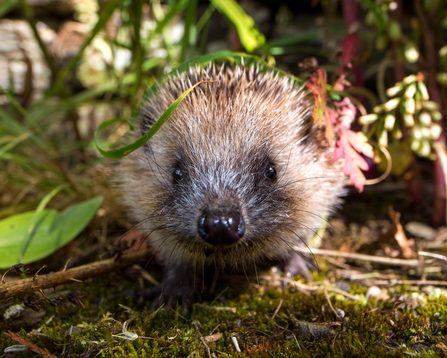
Image by Jeremy Northcott
Hedgehog
Another of the nation’s favourites is preparing for the breeding season. After emerging from hibernation and rebuilding their fat reserves, the next thing on a male hedgehog’s mind is to find a mate. Unfortunately, this is when they are more likely to feel the need to cross unfamiliar roads, so drive slow and look out for them. Also, look out for signs they have been visiting your garden, such as hedgehog droppings or pawprints.

Orange-tip butterfly on Cuckooflower, Image by Ross Hoddinott/2020VISION
Return of Butterflies
You may have already seen your first butterfly of the year, likely to be one of the species which hibernates as an adult such as the Small Tortoiseshell or Peacock. But as we head into April, a new wave of butterflies is emerging. Perhaps the most distinctive of them all is the Orange-tip - most likely to be found close to its preferred foodplant, the Cuckooflower. Also look out for woodland butterflies that have recently emerged, such as the Speckled Wood.
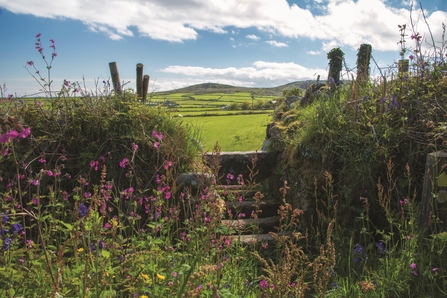
Cornish Hedge and Stile, Image by John Beedle
Buzzing Borders
As spring picks up the pace, so too do the range of flowers opening up, allowing access for the insects that rely on them. After several months of quiet peace, the hedges and borders are starting to buzz with insect activity, and perhaps the most obvious patrons are the bumblebees. An average garden may be frequented by as many as seven different species!
Spring Blogs
Curious about what else can be found this season? Dive deeper into the topic of spring wildlife with our blogs below.

